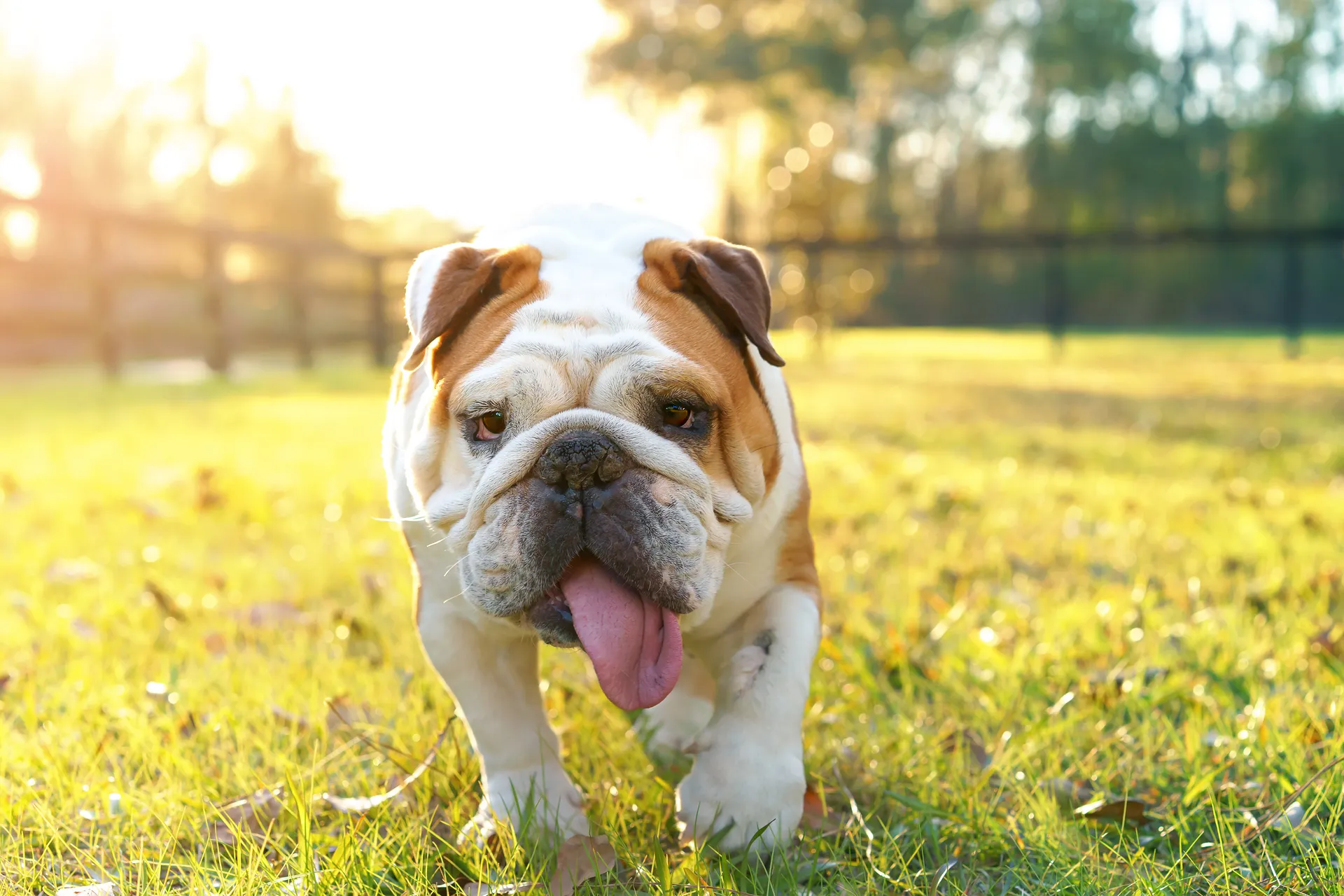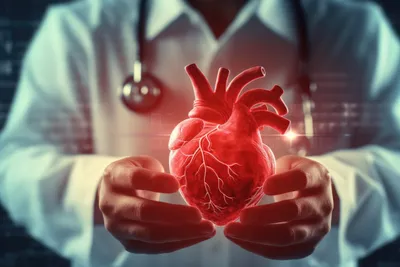Get the low down on doggy heat stress

With temps on the rise, it's important to know the signs of heat stress in our four-legged friends and what to do when it hits.
Knowing the signs and symptoms of heat stress could save your pet’s life
When the mercury rises, humans can sweat all over our body, but dogs can only sweat on their paw pads, which is not much use when it comes to shedding body heat.
The onset of heat stress is quick with little to no warning. Once the signs of heat stress are detected, there is precious little time before it develops into heat stroke and serious damage can occur.
What is heat stress?
Dogs don’t sweat like us humans, instead, they release heat by panting and also by sweating through their paw pads and nose. If they are unable to cool themselves enough their internal body temperature begins to rise. Hyperthermia is the term used to describe this elevation in body temperature.

There are three different types of hyperthermia – heat stress, heat exhaustion, and heat stroke. While it is common for people to use these terms interchangeably, the conditions are different, varying in severity.
Heat stress is the less severe heat-related illness. At this stage, dogs will show an increase in thirst and panting. As the condition worsens, it will progress to heat exhaustion and then, finally, to heat stroke. Visit our Heat Stroke in Dogs Guide for a more in-depth look at the differences between these illnesses.
All heat-related illnesses require immediate attention. Heat stroke, the most severe of heat-related illnesses, is a very serious condition that can lead to death even with intensive care.
Signs and symptoms of heat stress in dogs

There are two commonly associated signs and symptoms of heat stress in dogs. These include:
- Increased thirst
- Increased panting
If your dog is unable to regulate their body temperature, their heat stress may progress to heat exhaustion. Signs of heat exhaustion include:
- Heavy panting
- Weakness and episodes of collapsing
If treatment isn’t given during heat exhaustion, it is extremely likely it will progress to heat stroke, the most severe case of heat illnesses. Signs and symptoms of heat stroke include:

- Change in gum colour (bright red or pale)
- Drooling
- Dizziness or disorientation
- Dullness and collapse
- Increased heart rate and respiratory rate
- Vomiting and/or diarrhoea
- Muscle tremors
- Seizures
What to do if your dog has heat stress
If you believe your dog may be experiencing heat stress follow these steps:
- Move your dog to a shaded spot, or even to an air-conditioned room
- Offer fresh, cool water
- Stop all physical activities until their symptoms have resolved

Should your dog’s symptoms worsen, or you think your dog is suffering from heat stroke, you must take immediate action. Steps to take include:
- Begin cooling your dog by wetting down their body with a hose or bucket, but avoid the face
- A fan blowing over their damp skin will assist in cooling them down
- See a vet immediately
- It is not advised to place wet towels over the body as it will trap the heat that is trying to escape
Tip: recruit others to help you – ask someone to call the vet while others help you cool your dog.
How to prevent heat stress in dogs

There are ways you can prevent heat stress from happening, such as:
- Don’t leave your dog alone in the car on a warm day, even if the windows are open. The inside of cars act like an oven – temperatures can rise to dangerously high levels in a matter of minutes.
- Avoid exercise on warm and humid days
- When outside, opt for shady areas
- Keep fresh cool water available at all times
- Certain types of dogs are more sensitive to heat – especially obese dogs and brachycephalic (short-nosed) breeds, like pugs and bulldogs. Use extreme caution when these dogs are exposed to heat even with a short walk to the shops or sitting at a cafe
If you believe your pet is suffering from heat stroke, contact your closest Animal Emergency Service hospital or your local vet immediately.
For more information about heat stroke, visit our Heat Stroke in Dogs Guide.
Article shared from Animal Emergency Service







